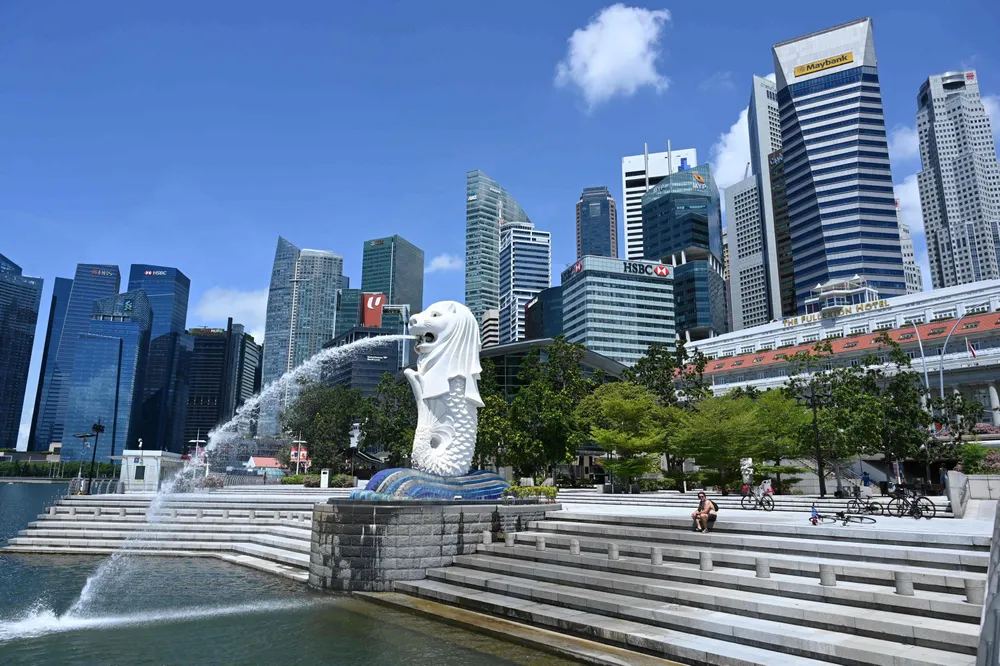Singapore seeks partnerships to meet low-carbon challenge
Feasibility studies highlight potential and challenges of hydrogen and carbon capture, storage and utilisation to lower island nation's emissions

Feasibility studies highlight potential and challenges of hydrogen and carbon capture, storage and utilisation to lower island nation's emissions
